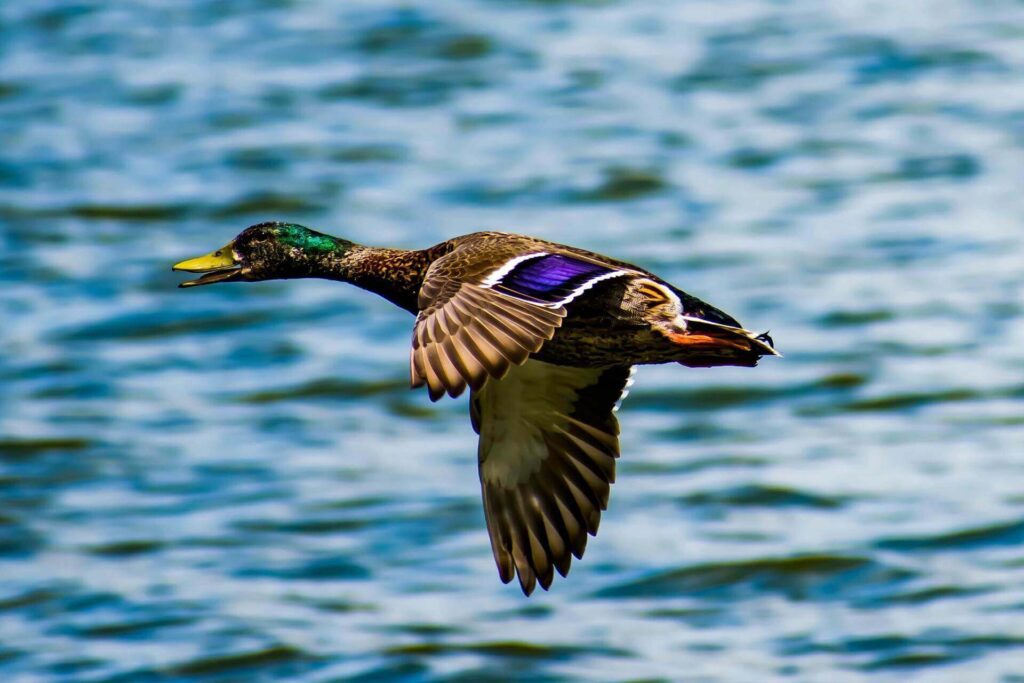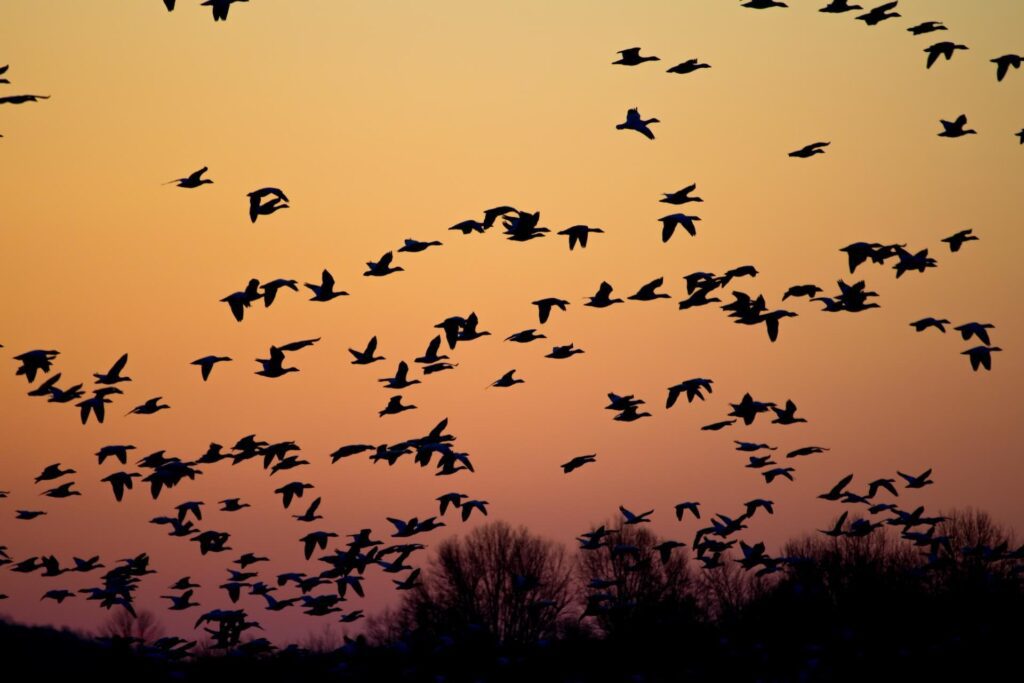Top 10 Ways to Help with Duck Conservation
Greer Smith
November 27, 2023

Duck conservation is of utmost importance, as these waterfowl play a vital role in maintaining the balance of ecosystems and hold substantial value for humans. With over 130 species worldwide, ducks have captured the attention of every passionate birder.
However, it is disheartening to learn that nearly a quarter of duck species are now vulnerable, threatened, or endangered due to various challenges.
From habitat loss and wetland drainage to coastal wetland loss and extreme drought, climate change is inevitable. To show you how to help with wildlife conservation, here are ten practical ways to preserve our duck populations.
1. Join Conservation Groups
Conservation groups are at the forefront of wetland preservation both financially and politically. Renowned groups such as the Audubon Society, Cornell Lab of Ornithology, Delta Waterfowl, and Ducks Unlimited offer access to valuable resources, educational opportunities, and the chance to connect with a like-minded community of passionate conservationists. Their tireless work and fundraising capabilities help protect and restore vital wetlands, breeding grounds, and habitats for waterfowl. By becoming a member or donor of these organizations, you can actively participate in duck conservation and preserve threatened waterfowl habitats across North America.2. Participate in Citizen Initiatives
Participating in citizen initiatives is a great way to learn how to help with wildlife conservation. Citizen science projects and volunteer opportunities encourage individuals to be proactive and monitor and preserve duck habitats. In this realm, you’ll find organizations like eBird, a global citizen science project focused on wintering waterfowl and extreme weather conditions. By participating, you can directly influence data collection and contribute to change analysis regarding the effects of severe winter climatic events on waterfowl populations. Additionally, don’t overlook local projects and annual events like the Christmas bird counts and the Waterfowl Festival, which have made significant contributions to wildlife and duck conservation.3. Purchase Duck Stamps

4. Combat Habitat Loss
Combatting habitat loss is the driving force behind duck conservation organizations. Ducks need diverse ecosystems, including wetlands, grasslands, and underwater habitats, which are increasingly under threat. Shockingly, almost half of the world’s wetlands have disappeared in the last century due to agricultural drainage and urbanization. To address this issue, consider advocating for practical solutions like supporting federal programs such as the Conservation Reserve Program (CRP) and promoting conservation easements. The CRP, administered by the Farm Service Agency, helps preserve environmentally sensitive land, while conservation easements provide a legal framework to protect land for future generations.5. Educate Yourself and Others
Education is the key to learning how to help with wildlife conservation. It is vital in analyzing environmental and human effects on our feathered friends. To make a meaningful impact, strive to develop a deeper understanding of these incredible birds and their ecosystems. At 50 Ducks, our platform provides an excellent opportunity to inspire younger generations to embrace wildlife education. As you add to your knowledge base, don’t forget to share what you learn with friends and family. Active discussions with those in your circle will amplify the reach of your duck conservation efforts. Don’t be afraid to dive deep into resources like the Breeding Population Survey (BPOP). It will provide insight into breeding population trends and valuable information for North American duck species and their habitats. At 50 Ducks we believe, people can only protect what they love and only love what they deeply understand.6. Understand Population Dynamics
Duck conservation efforts are much more effective when you fully grasp the fundamentals of population management. That includes acknowledging the role of hunting in population control and conservation of these remarkable waterfowl. Equally significant is comprehending the factors contributing to drastic fluctuations, such as severe droughts, changes in pond counts, and late-season snowstorms. Start monitoring local activities, such as grassland conversion to agriculture and Conservation Reserve Program enrollment declines. They directly impact waterfowl breeding habitats. In the past, waterfowlers and birders have revealed influences on water and habitat conditions, predator impact, and other environmental factors. As a result of their research, intensive management efforts spurred the implementation of nesting structures, the creation of nesting islands, and the establishment of millions of acres of dense nesting cover.7. Follow Migration Reports

Staying up-to-date with the migratory patterns of different waterfowl species allows you to gain valuable insights into their behaviors and requirements. The 50 Ducks migration tracking map is a remarkable platform you can utilize 24/7. It provides unparalleled detail in tracking, offering real-time updates, flight data, local weather information, and precise duck locations.
This wealth of data helps us understand duck movements and aids in preserving and protecting their habitats. Additionally, resources like BirdCast, developed by Cornell University and Oregon State University, take a deeper dive into migration behavior dynamics, further expanding our knowledge of these incredible journeys.
Following migration reports is a powerful way to contribute to duck conservation, ensuring we are well-informed and prepared to support these remarkable waterfowl along their migratory routes. When pondering how to help with wildlife conservation, programs that practice humane banding and tracking are the best solutions.
